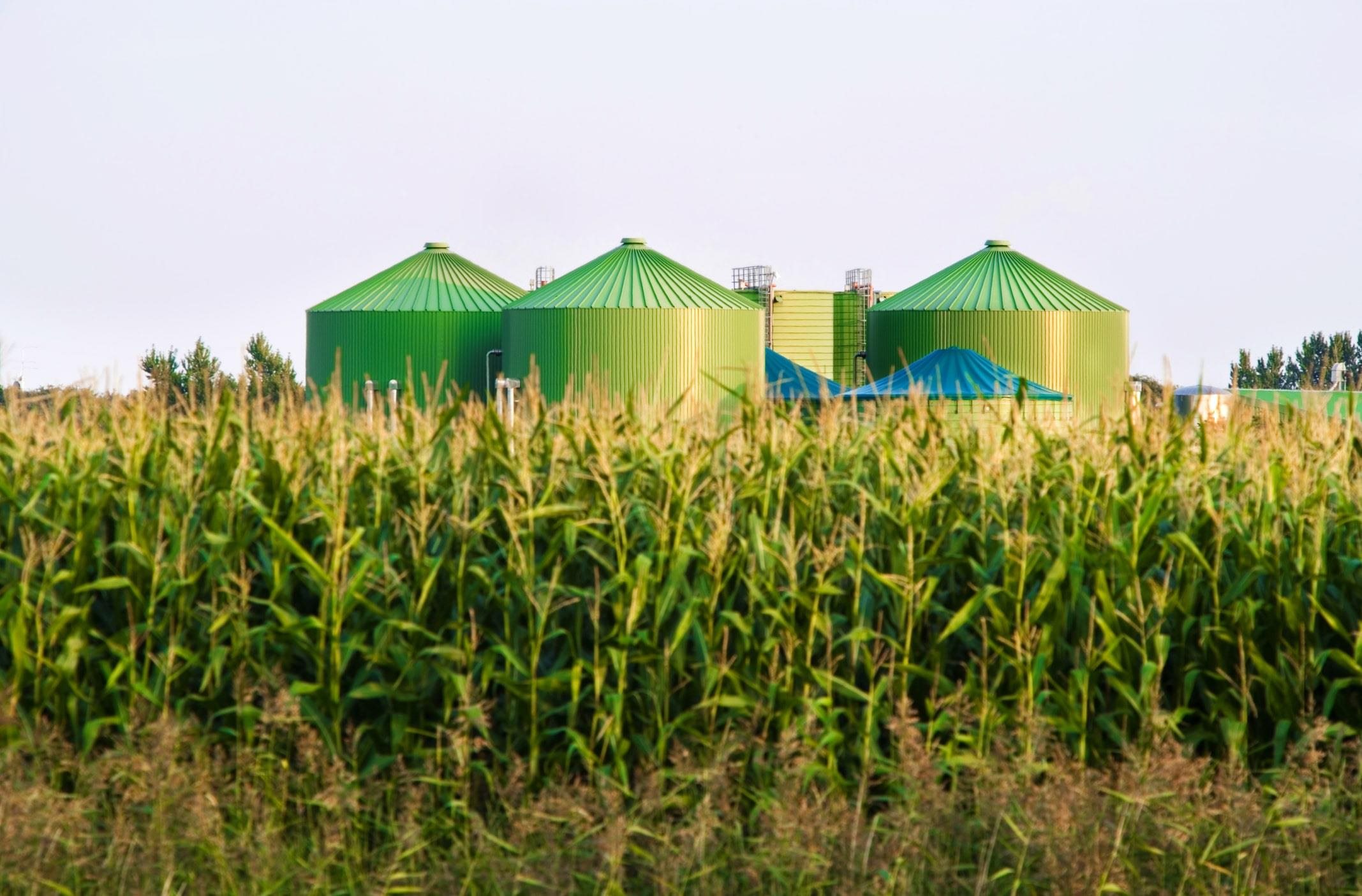Biomass Energy

| Biomass is a way of creating energy using plants, animals and by-product. There are various types of biomass that can be used to convert into energy, all with the common trait of having stored energy from the sun that can be extracted using various conversion methods. Some biomass sources include crops, forestry, human and animal waste, and industrial residues. Biomass can be turned into several things; however, it can most notably become bioenergy for electricity and liquid fuels called “biofuel”. Biomass ConversionUsing biomass and creating energy can be done many ways, most popularly, and for the purpose of creating bioenergy, direct combustion is used. To create electricity from this process, |
biomass is burned at a very high temperature which creates steam at a high pressure. The pressure from that steam is then released from a chamber towards a turbine, the steam causes the turbine to rotate which can power a generator and create electricity. Direct combustion can also be used generally as a heat source for things such as buildings or water. It should be noted that direct combustion is not the only biomass method of creating electricity, just the most common.
Biofuel can be created in a process called pyrolysis, this process is similar to direct combustion as it involves heating the biomass, however, to be achieved the heating takes place with almost zero oxygen present. The gas created from this heating is then fed through a condenser which can liquidize the gas. Once made a liquid, this material has become biofuel. These liquids can be used as crude oil, biodiesel, or other forms of liquid fuels. Some other, less common, biomass practices include:
• Gasification – a process of heating biomass with a controlled amount of oxygen to create a synthesis gas that can be used in gas turbines for electricity, among other things.
• Anaerobic Digestion – a way to create natural gas where biomass is stored and broken down in large containers called digesters with anaerobic bacteria and little-to-no oxygen. This gas can be used for fuel and electricity.
• Biomass Feedstocks – turning agriculture-based biomasses into ready-to-go feedstocks that can be delivered to biorefineries and used as fuel in biomass conversion operations.
Biomass Energy and Farms
Farmers have a direct influence in biomass energy, since a main source of biomass comes from crops residues and animal waste – so, many farms could both participate in, and benefit from, biomass energy. Farms also are able to sell crops, crop residue, and animal waste products to bioenergy companies as a relatively quick and easy way to increase their profits. Also, just like anyone else, farms can utilize bioenergy and biofuel in their operations if it is a convenient option for them.